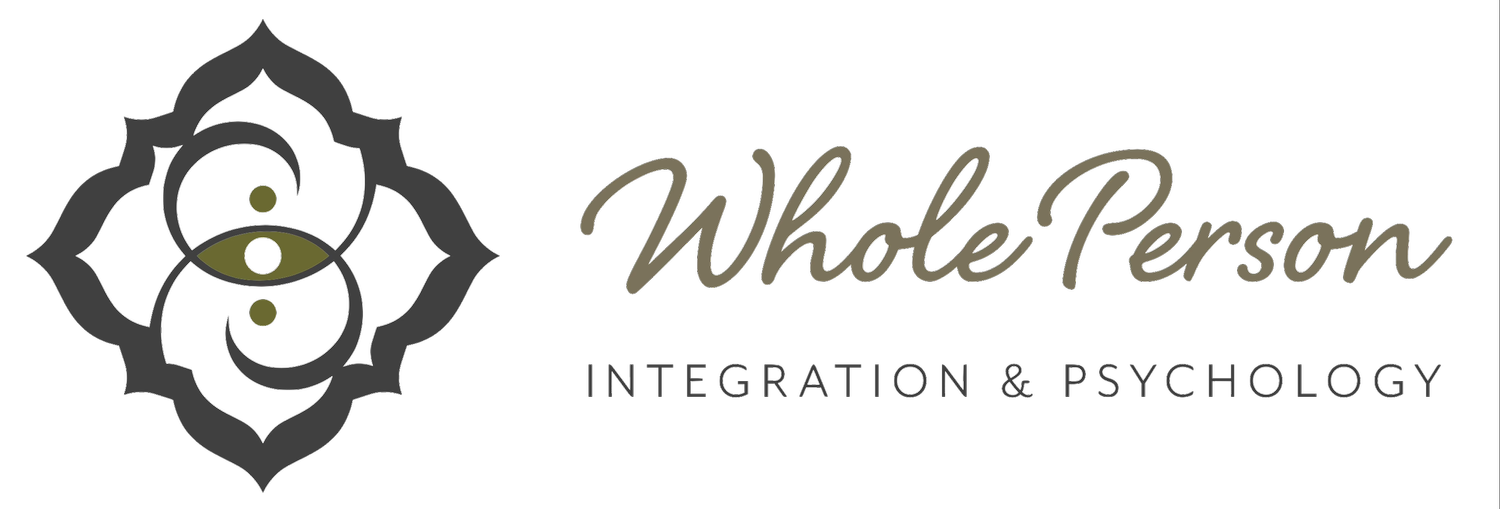Asexuality is Aces
by Dr. Denise Renye
I work with people who have many different sexual and romantic expressions, experiences, identities, and proclivities. They span from very sexually expressive to not very sexually expressive and anything and everything in between; from craving a deep sense of intimacy to those who would like more space. In other words, just like other aspects of a person’s being, sexuality, romance, and intimacy are on a continuum. There is no one “right” or “wrong” way to be as long as there is consent among all parties.
In the hypersexualized culture of the U.S., asexuality is not discussed much but it still exists. Around 1% of the population, perhaps more, are asexual (or “aces”) according to the Asexual Visibility and Education Network. Asexuality is not celibacy. Celibacy is a choice to abstain from sexual activity whereas asexuality is a sexual orientation intrinsic to the person, similar to other sexual orientations. Asexuality is also not abstinence, a phase, an inability to find a partner, or evidence of sexual dysfunction. It’s an inherent way of being.
Some aces have a complete lack of sexual attraction or a lack of interest in sexual activity with others. However, others are “gray asexual” or fall somewhere between a complete lack of sexual attraction and a high amount of sexual attraction. Gray aces may experience sexual attraction sometimes, or only under certain circumstances. To note here is the attraction may be to the same gender, what’s traditionally known as the “opposite” gender, both genders, all genders, etc. In other words, asexuality is multifaceted.
A category within asexuality is demisexuality. These folx only feel sexual attraction when they have a close emotional bond with someone. Also relevant to note is that sexual attraction and romantic attraction are separate feelings that may or may not align – some aces have romantic attraction, value companionship, and get married. They can feel an immense amount of closeness to their partners even if sexual intimacy is not present or only slightly present. Other aces are aromantic and don’t value romantic connection, instead choosing to focus on other things and having full, rich, and dynamic lives.
To have a healthy sexual and/or romantic relationship, all partners regardless of their sexual orientation must bring consciousness back into the bedroom. They must communicate likes and dislikes, as well as how much space works for them, and how open or closed they’d like their relationship to be, meaning traditionally monogamous, polyamorous, or somewhere in between or outside of both. Aces are no different.
Some aces have worked out their relationships and marriages so that the other non-asexual partner feels comfortable with self-pleasuring, or they creatively design their marriage to be more open, which could mean intercourse or sex with others is allowed, but kissing or quality time is not. Every partnership determines what works for them and what their boundaries are.
Taking time to quiet the mind and look inward so you can feel what works for you is important. There are so many societal conditionings that pressure folx to conform to being more or less sexual, more or less romantic, and more or less of x, y, or z that it can be challenging to remember that differences are beautiful when it comes to the feeling and expression of sexuality and romance. You are entitled to taking space and time in your life, and potentially your relationship, to know and be who you are. It’s a great gift to yourself and the world to be as much you as you can in this lifetime.
To set up an appointment with me (Marin County Sexologist), click here.
Reference
Unknown. “Overview.” Asexual Visibility and Education Network. https://asexuality.org/?q=overview.html. Accessed November 8, 2022.
Resources*
Websites:
Links:
Books:
Ace and Aro Journeys: A guide to embracing your asexual or aromantic identity
I am Ace: advice on living your best asexual life
Ace: What Asexuality Reveals About Desire, Society, and the Meaning of Sex
Ace Voices: What it means to be Asexual, Aromantic, Demi or Grey-ace
Articles:
Chasing aces: Asexuality, misinformation and the challenges of identity (article found in google scholar)
*added with research done by:
Verónica Cervantes Wefers, LMFT, SEP, HSE, CNMT
cell: (415) 806-3565
website: www.veronicacervantes.com

